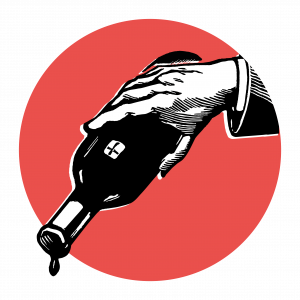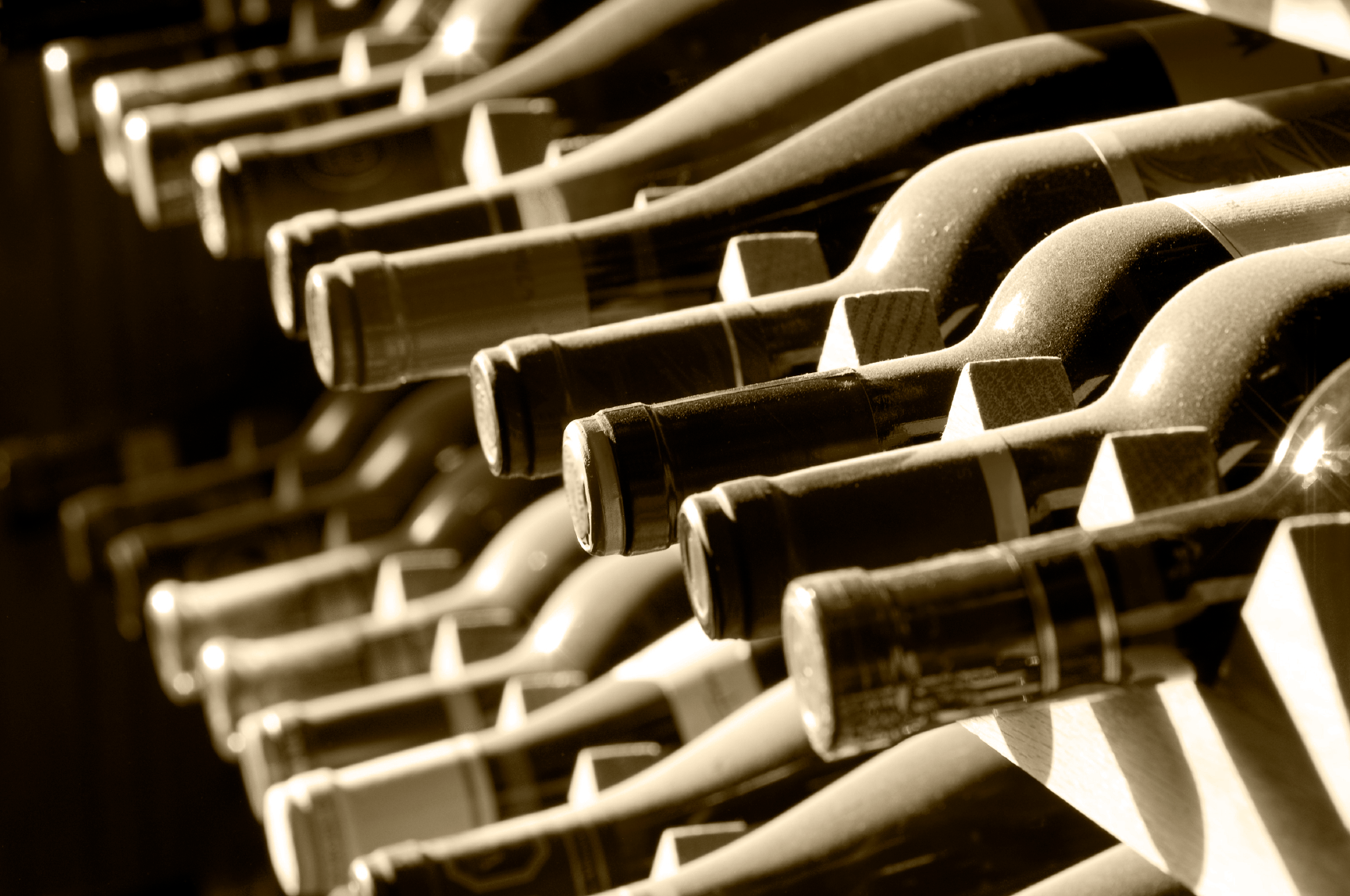Still finding it very hard to wean myself off the lockdown beverage…which was the half-bottle of wine. No enormous shock/horror/probe: I live on my own, so the 375ml is the perfect fit for a middle-aged wine merchant, one who’s reasonably mindful of the temptations that go with an ever-lengthening career in booze. Magnums of tequila might well have offered interesting angles on the various government responses to Coronavirus, but probably an unwise shout, all things considered.
I’d completely forgotten how much pleasure the smaller format brings to the table. Back in the 1990s, halves were everywhere, offering excellent flexibility, especially in restaurants: ideal for a solo diner, or à deux, even 2 between three – sommeliers were constantly asking for availabilities of both colours. And supplies were relatively short, as growers only bottled to order.
And then things tailed off: more wines started to be offered by the glass, obviously; and recently, posh Enomatic machines have come into play, enabling a variety of measures to be dispensed, while keeping the wine free of oxidation (accountants punching the air in triumph, as wastage severely reduced). Even that most dependable of staples, the dessert wine, fell out of favour.
To be fair, halves could be a bit flaky: whereas a bottle of Sancerre is still fresh three years after the vintage, its smaller sibling could often fall apart within 12-18 months. Perfect storage conditions, always important for wine anyway, became even more key.
However, that short shelf-life also works the other way, just a bit of organisation required. While whites may not last too long, at least they’re ready to go from the off – an inch-perfect 2019 Pouilly-Fumé springs to mind, consumed joyously with some M&S smoked trout.
And it’s even better for reds: that faster rate of maturation means that whether your chosen is Côtes-du-Rhône, red burgundy, or Cru Classé claret, the wine is up for it much quicker. Indeed, talking of that latter tipple, one customer, who loves to lay down some Bordeaux in every vintage, now only purchases in halves – he reasons, quite astutely, that as he edges towards his mid-sixties, it might be foolish to buy a 75cl of the 2019 vintage that might not open up until 2035…whereas a drinking window of 2027 – 2030 is a much more compelling option.
Furthermore, were it to be a period of restraint and austerity when he starts pulling those corks, he’ll be able to have a single large glass, pop the remainder into the fridge, and return to it the following night (always remembering to take it out etc.).
I did exactly that with a ½ of Jean-Paul Versino’s 2015 Châteauneuf-du-Pape: a very good year, lots of concentration. Juicy, ripe, brambly Grenache, it was delicious. But I resisted the urge to finish, knowing that yet another quiet night in beckoned the following. And 24 hours later, the wine was definitely better, more harmony and ‘flow’ on the palate. It went down like the proverbial. The only problem was the result: I then desired another half.








